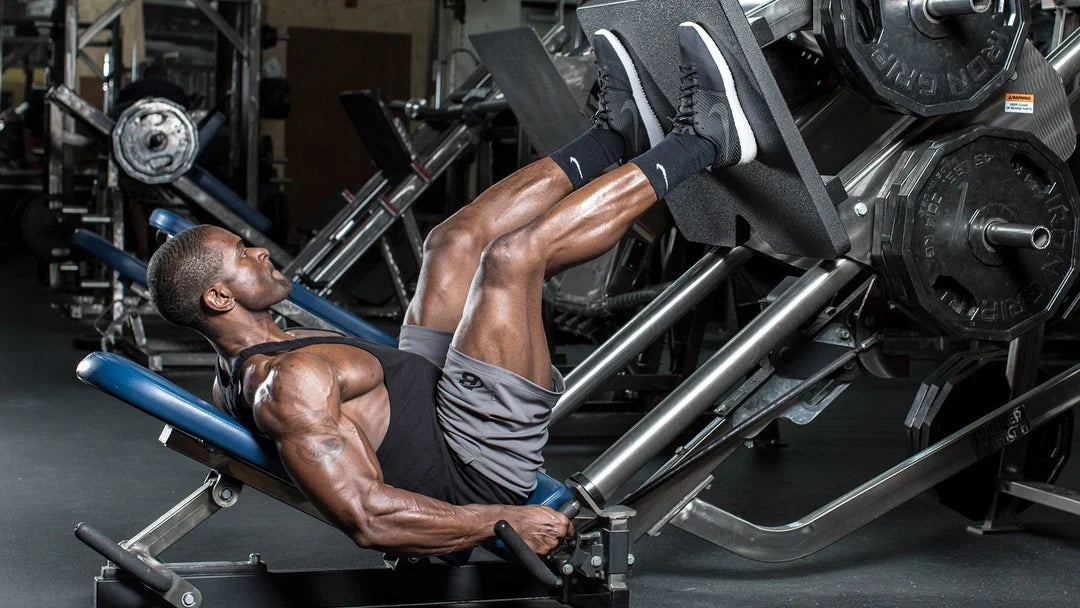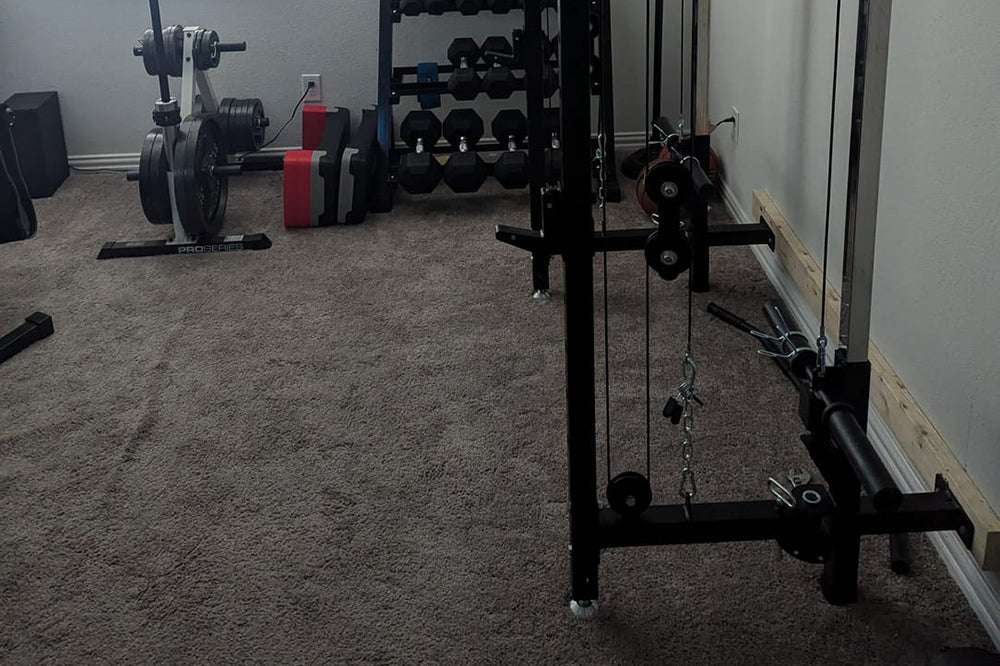The cable close grip pulldown is a staple in any effective back training routine. It’s one of the most efficient exercises for targeting the lats while also engaging supporting muscles like the biceps, rhomboids, and rear delts. Whether you’re a beginner learning proper form or an experienced lifter refining your back day, understanding how to perform close grip cable pulls correctly can make a noticeable difference in your upper body development.
What is a Close Grip Cable Lat Pulldown?
The close grip cable lat pulldown involves pulling a V-bar or close grip handle attached to a high pulley down towards your upper chest. Unlike wide-grip variations that primarily focus on the width of your lats, the close grip allows for a deeper contraction and engages more of the lower lat fibers, helping to build thickness and definition.
Primary muscles worked:
-
Latissimus dorsi (lats)
-
Biceps
-
Rhomboids
-
Rear deltoids
-
Forearms (grip strength)
Benefits of Cable Close Grip Pulldowns
-
Full Back Engagement: The close grip places the lats in a stronger mechanical position, allowing for more controlled and focused pulling.
-
Improved Arm Involvement: Many lifters feel a stronger bicep contraction during close grip cable pulls, making it an excellent secondary arm movement.
-
Better Range of Motion: The cable system provides constant tension throughout the movement, leading to more effective muscle activation.
-
Spine-Friendly: Seated pulldowns minimize strain on the lower back compared to bent-over rows or deadlifts.
How to Perform the Close Grip Cable Pulldown Correctly
-
Set the Seat and Thigh Pad: Adjust the seat height so that your knees are snug under the pad, securing your lower body during the exercise.
-
Choose the Right Attachment: Use a V-handle or close grip attachment to allow for a neutral grip (palms facing each other).
-
Starting Position: Sit tall, lean back slightly (10-15 degrees), and engage your core.
-
Pull Down: Drive your elbows down and back while pulling the handle toward your upper chest. Focus on squeezing your shoulder blades together at the bottom.
-
Controlled Return: Slowly extend your arms back to the starting position, maintaining tension on your lats without letting the weight stack slam.
Personal Tip from the Gym Floor
I’ve always noticed that adding close grip cable lat pulldowns at the end of my back workouts helped with not just strength but also improving the mind-muscle connection. On days when I felt my pull-ups weren’t hitting the right spots, switching to close grip cable pulls brought back the lat engagement I was looking for. A simple technique that worked wonders for me was to initiate each pull by driving with the elbows—not the hands—and pausing for a second at the bottom before a controlled return. This little pause prevents momentum from taking over and forces your lats to work harder.
Common Mistakes to Avoid
-
Using Too Much Weight: Prioritize form over ego. Excessive weight often leads to poor control and swinging.
-
Pulling With the Arms: Always initiate with the lats and elbows, not just your biceps.
-
Half Reps: Perform a full range of motion for maximum lat recruitment.
-
Incorrect Leaning: Slightly lean back but avoid excessive backward motion that can shift the focus away from your lats.
Final Thoughts
The close grip cable pulldown isn’t just a variation; it’s a game-changer when used correctly. It complements compound movements like pull-ups and barbell rows while providing a safer, controlled environment to isolate your lats. Add it to your routine consistently, focus on proper form, and you’ll likely notice improvements in back thickness, lat definition, and overall upper body strength.












































Leave a comment
This site is protected by hCaptcha and the hCaptcha Privacy Policy and Terms of Service apply.